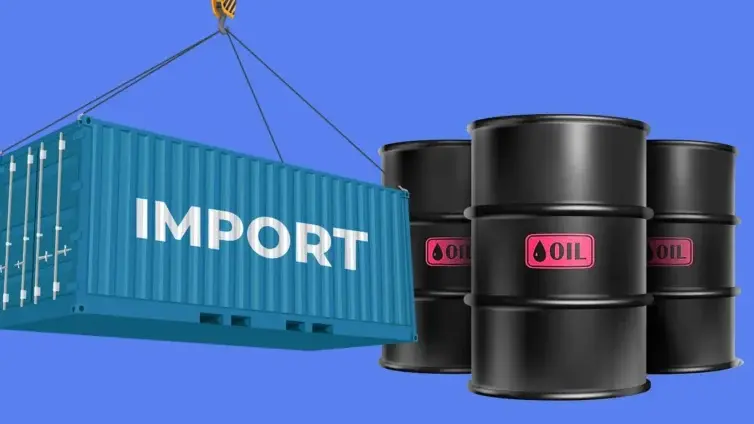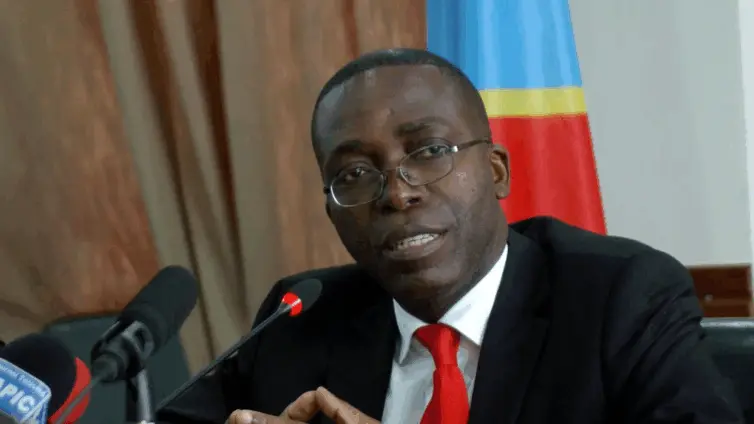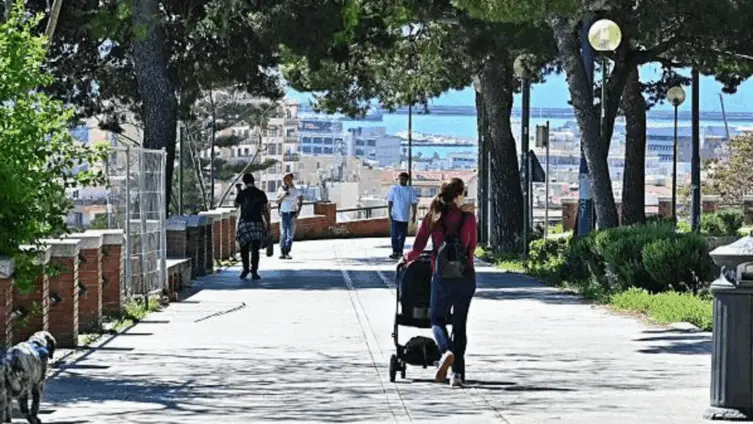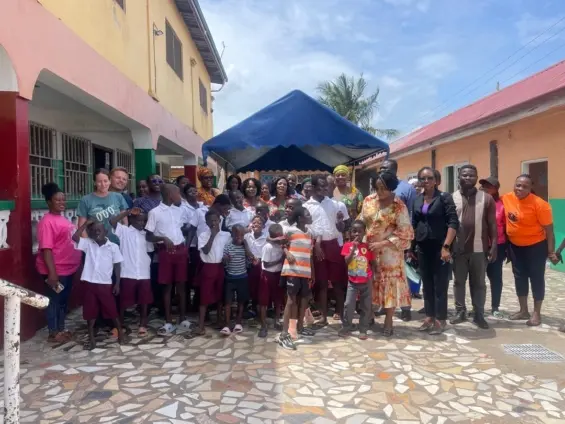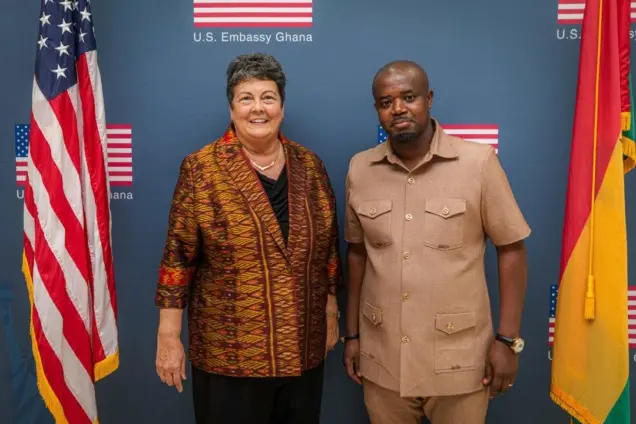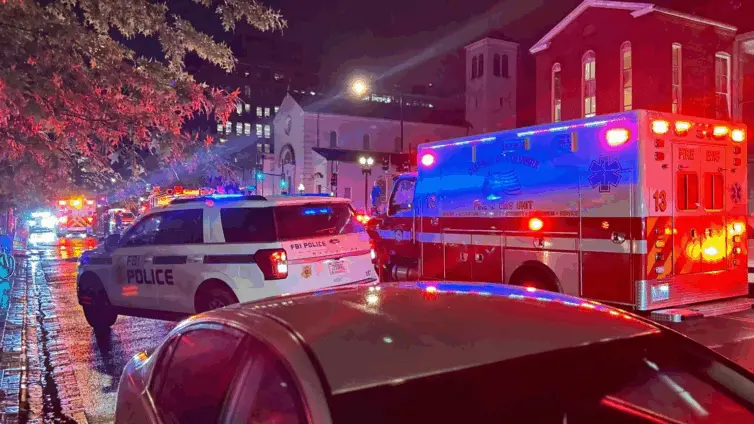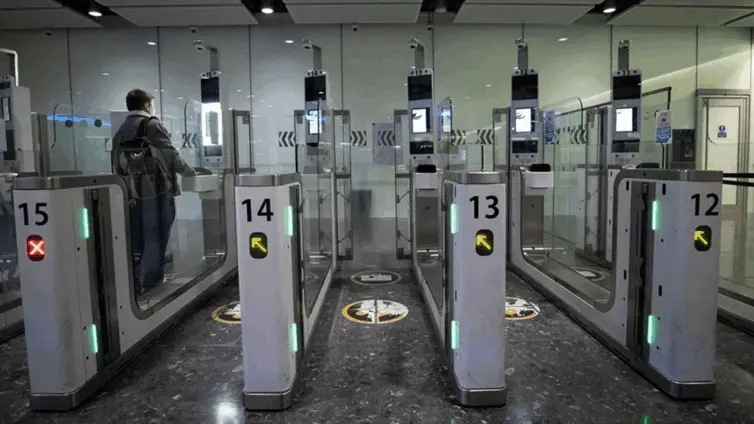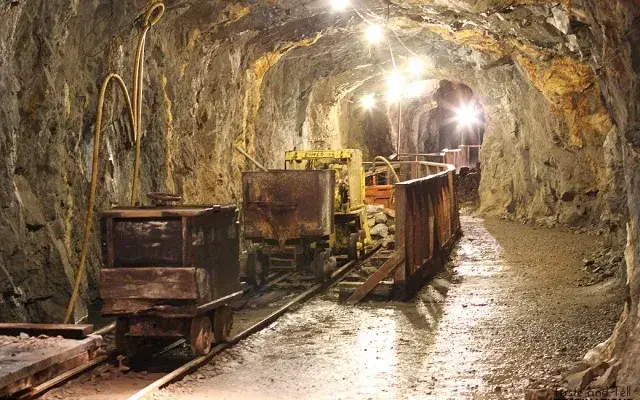The tremors, almost imperceptible to some, were harbingers of disaster in Bangkok. On March 28th, as a 7.7 magnitude earthquake shook neighboring Myanmar, a 30-story skyscraper in the Thai capital buckled and collapsed. Now, in the aftermath of the devastating event, Thai authorities have issued 17 arrest warrants, signaling a major investigation into what caused the tragedy.
The building, intended to house the State Audit Office, became a tomb for many. Initial reports indicate that 89 bodies were recovered from the wreckage, with seven people still unaccounted for, turning the construction site into a scene of grim determination as rescue workers combed through the debris. The collapse has raised serious questions about construction standards and oversight in Thailand, making the investigation all the more critical.
The Bangkok skyscraper collapse was not just a consequence of the earthquake; investigators are probing deeper into the structural integrity of the building itself. While the earthquake served as the trigger, the focus has quickly turned to potential flaws in the building’s design and construction. The ramifications of this investigation could ripple throughout the Thai construction industry.
The earthquake in Myanmar, the catalyst for the Bangkok disaster, registered a staggering 7.7 magnitude. Its impact extended far beyond Myanmar’s borders, with tremors felt in Thailand and even as far as southwest China. In Bangkok, residents reported high-rise buildings swaying and water cascading from rooftop pools. However, amidst the widespread shaking, only the State Audit Office building, a structure three years in the making at a cost exceeding two billion Thai baht ($59m; £45m), succumbed to the force.
The urgency of the situation was amplified by the sheer number of people present at the site when the building collapsed. Over 400 workers were caught in the disaster, prompting an extensive rescue operation. The response involved a coordinated deployment of resources, including drones, sniffer dogs, cranes, and excavators, all working tirelessly to locate survivors and recover the deceased from the twisted wreckage of concrete and steel.
As the rescue efforts unfolded, the attention shifted to accountability. The Thai court’s issuance of 17 arrest warrants marks a significant step in holding those responsible to account. Among those facing arrest is Premchai Karnasuta, a former president of Italian-Thai Development PLC, one of Thailand’s largest construction firms. His implication underscores the gravity of the situation and the potential for widespread repercussions within the industry.
Thai media reports have revealed that investigators discovered structural flaws in a lift shaft within the building. These flaws, previously unnoticed or ignored, likely played a significant role in the collapse when the earthquake tremors struck. The combination of natural disaster and human error paints a troubling picture.
The Bangkok skyscraper collapse comes at a difficult time for the region, as the Myanmar earthquake already resulted in over 3,000 deaths and 4,500 injuries. The added devastation in Bangkok has compounded the sense of loss and grief.
As the investigation continues, Thai authorities have yet to release their official findings regarding the cause of the collapse. The public and the construction industry alike await these findings with anticipation, hoping to gain a clearer understanding of the issues that led to the disaster. The issuance of arrest warrants signals the commencement of legal proceedings against those deemed responsible, setting the stage for a thorough examination of construction standards and practices.
The Bangkok skyscraper collapse is a harsh lesson underscoring the critical importance of rigorous construction standards and diligent oversight. As investigations proceed and legal proceedings unfold, the focus remains on uncovering the truth behind this tragedy. The findings will be instrumental in preventing similar disasters in the future and ensuring the safety and integrity of construction projects throughout Thailand and beyond.
Image Source: MYJOYONLINE


